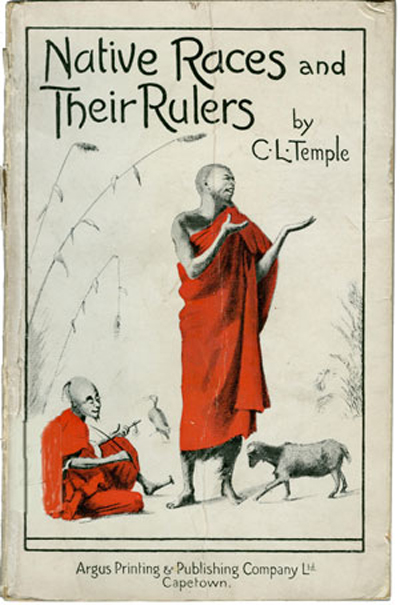|
Legacy
" [the legacy of slavery] is not to be measured simply by the millions slaughtered by slave hunters in Africa, thrown overboard on the Middle Passage, or beaten to death in Jamaica or Haiti, but in the destruction of important lines of human development, in the triumph of the parasite over the producer"
John Maxwell, Jamaican journalist
|
Background
The historical, cultural, economic, social and political legacies of African enslavement are profound and continue to impact 500 years later. An African Diaspora emerged – it is estimated that over 120 million people of African ancestry now populate the Americas and Europe, their everyday experiences still negatively affected by the legacies of enslavement. This is due in part to the fact that emancipation was planned and implemented by colonial and imperial legislators, who maintained the social, political and economic order to their advantage.
Another legacy is that the Transatlantic slave system played a critical role in the rise of British industrial power – a vast portion of the profits made from slavery was reinvested into railways, buildings institutions, universities, town and city development, and technological advancement.
The racist propaganda the pro-slavery lobby employed to justify the capture and enslavement of Africans has meant that the ideology of African inferiority has persisted over hundreds of years. The dissemination of print material in the 19th and 20th centuries that presented Africans in distorted, negative ways is still being perpetuated and challenged around the world today.
Slavery’s legacy is also in Africa, where the loss of millions of people, colonialism and war has weakened its infrastructure. For many years historians asserted that Africa had no history until Europeans arrival and that the continent was ‘the heart of darkness’ which needed the illumination of Europe. The Scramble for Africa in 1883, when European powers ‘carved’ up African territories to create their own spheres of influence resulted in continued exploitation and appropriation of resources.
|
 Racist ideologies developed to justify slavery were also used to perpetuate colonialism, as in this 1917 book
© Anti-Slavery International
| |
In Britain, the anti-slavery movement was the first philanthropic mass movement, which influenced anti-slavery movements in other European countries. It also helped to sow the seeds of social reform – suffrage, rights of women and better conditions for workers all took hold after the campaign to end enslavement. The anti-slavery movement was innovative in its use of mass communication as a tool to reach potential supporters. The Brookes Model and the emblem and motto “Am I not a man and a brother” proved extremely influential in reaching people and influencing public opinion.
The history and impact of the Transatlantic Slave Trade needs to be re-examined and its effects understood in order to make sense of the world as it is today. It is a shared history that still impacts on the descendants of enslavers and enslaved. Those who fought to liberate themselves and to liberate others, need to be remembered.
It is also important to note that the abolition of the Transatlantic Slave Trade did not end all forms of slavery. Today at least 12.3 million people are forced to work against their will in contemporary forms of slavery.
|
 Her Mistress’s Clothes
© National Maritime Museum
|
Narratives from the Collection
Substance of the proceedings in The House of Commons on Thursday, July 25,1822
A Letter to William Wilberforce
Facts illustrative of the condition of the Negro Slaves
A letter addressed to The KING, by Thomas Thrush
The first annual report of the Aborigines Protection Society
British GUIANA. Speech delivered at the Anti-Slavery meeting
The Parliamentary Select committee’s report into the investigations into the effects of the British Empire on the indigenous peoples of Australia
|
Test Your Knowledge
|

